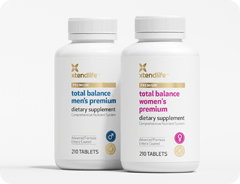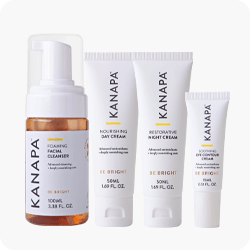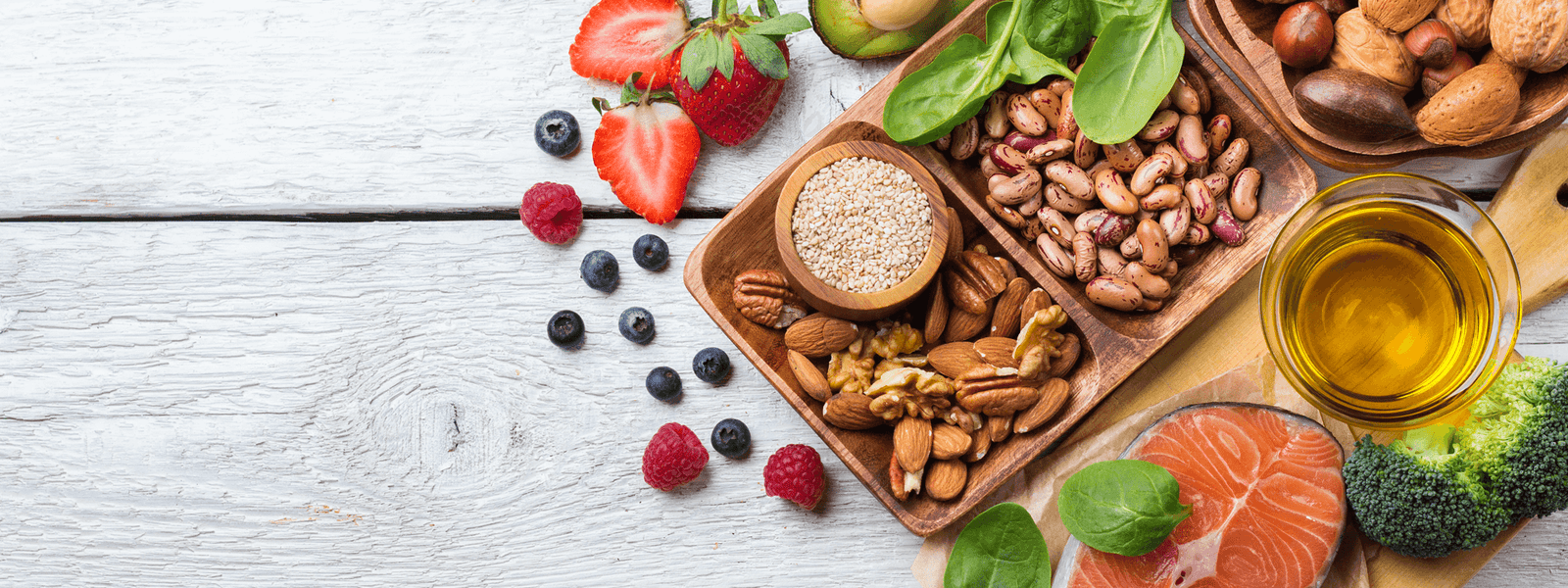This is what the U.S. Code of Federal Regulations says about natural flavorings: “The term natural flavor or natural flavoring means the essential oil, oleoresin, essence or extractive, protein hydrolysate, distillate, or any product of roasting, heating or enzymolysis, which contains the flavoring constituents derived from a spice, fruit or fruit juice, vegetable or vegetable juice, edible yeast, herb, bark, bud, root, leaf or similar plant material, meat, seafood, poultry, eggs, dairy products, or fermentation products thereof, whose significant function in food is flavoring rather than nutritional.” (Ref. 1)
Well, all that sounds fine. Fruit or fruit juice, spices, essential oils. All these are absolutely natural, derived from plants, and would not be unwelcome in most kinds of foods.
But what about castoreum, which has been used to flavor sweet treats for at least 80 years?
The oily substance comes from two sacs located between the anus and genitalia of the beaver, and is used by both male and female beavers to scent mark their territory.
The glands are harvested during fur trapping, and are then smoked or sun-dried before being sold for use as a flavoring in mainly raspberry-flavored products, including candies and beverages. Um…yum? (Ref. 2)
While we understand that packaged foods are legally allowed a certain amount of unpleasant add-ins including animal poo and bugs due to processing conditions – in the United States the Food and Drug Administration allows large amounts of “extras” including up to 20 maggots per mushroom can and 22 rodent hairs per 100 grams of cinnamon, for example (Ref. 3) - we tend to operate under the illusion that those are accidental, not deliberate, inclusions.
Real vs. synthetic
The truth is, even when “natural” flavors aren’t harvested from beavers or hog hair, there is still usually little natural about the ingredients used to create those flavors, and most of the time when we see natural flavors on a label, those flavors were chemically crafted by scientists in a lab setting.
Blended by a flavorist, the natural flavors are still chemicals – derived from amino-acids, fatty acids and carbohydrates, among other components – and the synthetic versions that get labeled artificial are bioidentical to the natural flavors, calling into question which is the worst offender, given that artificial flavors aren’t trying so hard to fake it. (Ref. 4)
The “naturals” are often more of a masquerade, but companies love to trick us like that.
One Cincinnati-based company called Wild Flavors has created a product that helps block what they call “undesirable flavor components” by messing with our taste buds and preventing the tongue from perceiving the taste. Called ‘Resolver’, it also earns the privilege of being called a “natural flavor” on food packaging. (Ref. 2)
And who really knows what those “undesirable” flavors are made from?
When labels are a lie
You know when you buy a blueberry bagel, thinking, “Blueberries, they’re packed with antioxidants, so this is pretty healthy,” and then you take a closer look at the label, and find that the blueberries really aren’t blueberries after all, but instead are blueberry-colored apple bits, playing a role?
Turns out natural coconut flavoring doesn’t come from coconuts at all, either, in most cases. Instead, it is made from a chemical called massoya lactone, which is extracted from the bark of Malaysia’s massoya tree. When harvesters remove the bark to extract the substance, it kills the tree. Who thought a simple little coconut cake could be so costly? (Ref. 5)
Don’t you feel a little bit ripped off?
When natural means natural - really
Our Zupafood ELITE is flavored to taste like apples, not because of some natural flavoring that tastes like apples but has nothing to do with Eden’s forbidden fruit, but because it is made from real apples.
Imagine that.
For Zupafood GREENZ, the green mango flavor is from actual mangos, and Zupafood for SKIN’s blueberry taste comes from – get this – real blueberries.
In order to achieve natural flavors that were real and tasted like food, we dried the fruits to concentrate the flavor, ensuring that every packet of our new Zupafood supplements taste delicious, even while the nutrient-dense products do their part to make you feel healthier and more energized than ever before - naturally. (Ref. 6)
References:
- http://www.care2.com/greenliving/reasons-vegans-read-labels-natural-flavorscastoreum.html#ixzz3DafPs99b
- http://foodidentitytheft.com/%E2%80%9Cnatural%E2%80%9D-can-run-the-gamut-from-bugs-to-beaver-butts/
- http://mentalfloss.com/article/29133/how-much-rodent-filth-does-fda-allow
- http://www.trueactivist.com/food-labs-use-an-average-of-2000-chemicals-to-create-500-natural-flavors/
- http://www.scientificamerican.com/article/what-is-the-difference-be-2002-07-29/
- http://www.xtend-life.com/zupafood/elite


 Supplements
Supplements Bundles
Bundles









